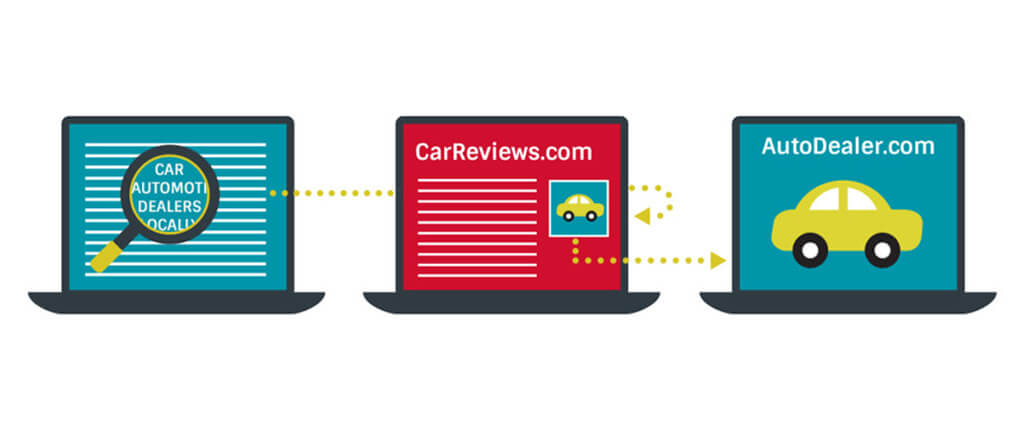The blocking of third-party browsers is great for consumer’s privacy but challenging for brands to stay connected to them.
For the last 25 years, almost all marketers relied on third-party cookies to track consumer behavior online. They used it for targeting, re-targeting, display advertising and behavioral marketing in general.
After Firefox and Brave blocked the third-party cookies by default, Google too made it easier for people to block cookies that track them in Chrome; although it is not switched off by default.
Now the main question arises, what does the end of cookies mean to advertisers and marketers like you?
Should you give up your dream as a marketer? Well, not yet!
Change is constant and similarly, we’ll get rid of the cookies habit soon!
Cookies are dead, what next?
So what if cookies are dead? You can still acquire new customers and connect with your audience. Here are a few of the tactics to help you get over cookies.
1. Contextual Advertising.
Remember the old times? Yes, contextual advertising is back.
Contextual advertising is an automated system that displays ads of products that are relevant to the page.
e.g.- when you read a blog related to digital marketing, and the adjacent displayed ad is of a digital agency or a digital marketing class.

The idea clearly here is that people who are interested in knowing what digital marketing is, might also be interested in learning it; and more interested visitors means greater click-through-rates and better conversions.
The move to contextual targeting will also mean a move back to focusing on producing and distributing relevant content.
2. People-based Targeting.
People-based targeting is an advertising technique that targets users and not devices. This method does not depend on third-party cookies to track users or gather data; it allows brands to meet customers at the places and times when they actually wish to engage with them.

A successful People-Based Marketing strategy consists of these three elements:
- Identification. Brands need to identify their customers and connect them correctly on various devices. The goal is to ensure persistent, cross-device recognition for a single view of the customer.
- Data. Today, brands have ample of data on every customer; from purchase data to email engagement and device information. The identification-first approach for customer data gives brands an advantage of targeting them effectively.
- Automation. People-based marketing automation is based on first party-based targeting. It helps brands to have a singular view of the customer, anchoring all of the data to a single source.
3. First-party data from phone calls.
In the absence of the third-party data, getting hands-on the first-party data will become very important. You as a brand have more access than you think you do – utilize data from customers who have shown interest in reaching out to you are more above-board than buying and selling access to third-party consumer data.

Phone conversation is the best form of first-party data. When a consumer is on the call, he is literally telling you what he wants. To classify customer conversations into helpful digital data sets, you need an automated system that can understand what’s being said and derive accurate meaning from it. Enter Invoca Signal AI — a machine learning-powered predictive analytics technology that analyzes your callers’ conversations and turns them into actionable marketing intelligence.
With Signal AI, you can also predict whether it was a service call or a sales call, as well as milestones on the path to conversion. This will help you optimize your media for higher ROI, which can be particularly helpful when you are nailing down the right keywords to feed and to your contextual advertising campaigns.
Invoca also enables you to follow your digital customer journey data from phone calls to create a single and comprehensive customer profile. By using online data collection and traceable phone numbers, marketers can attribute digital campaigns to actions taken on inbound calls. With this data being connected within the Invoca platform, you will be able to analyze digital and call data in one place and get a more complete view of your customers.
In conclusion-
The news of discontinuation of third-party cookies may be intimidating at first, but that’s not the end of the marketing era! Let’s take this up as a challenge and explore other possibilities, new technologies, and innovation.
{{cta(‘6b3257d1-08bf-4725-b71f-40e20787a902’)}}
Taking advantage of the first-party data is the origin of this new journey of getting your brand engaged with the customers.




